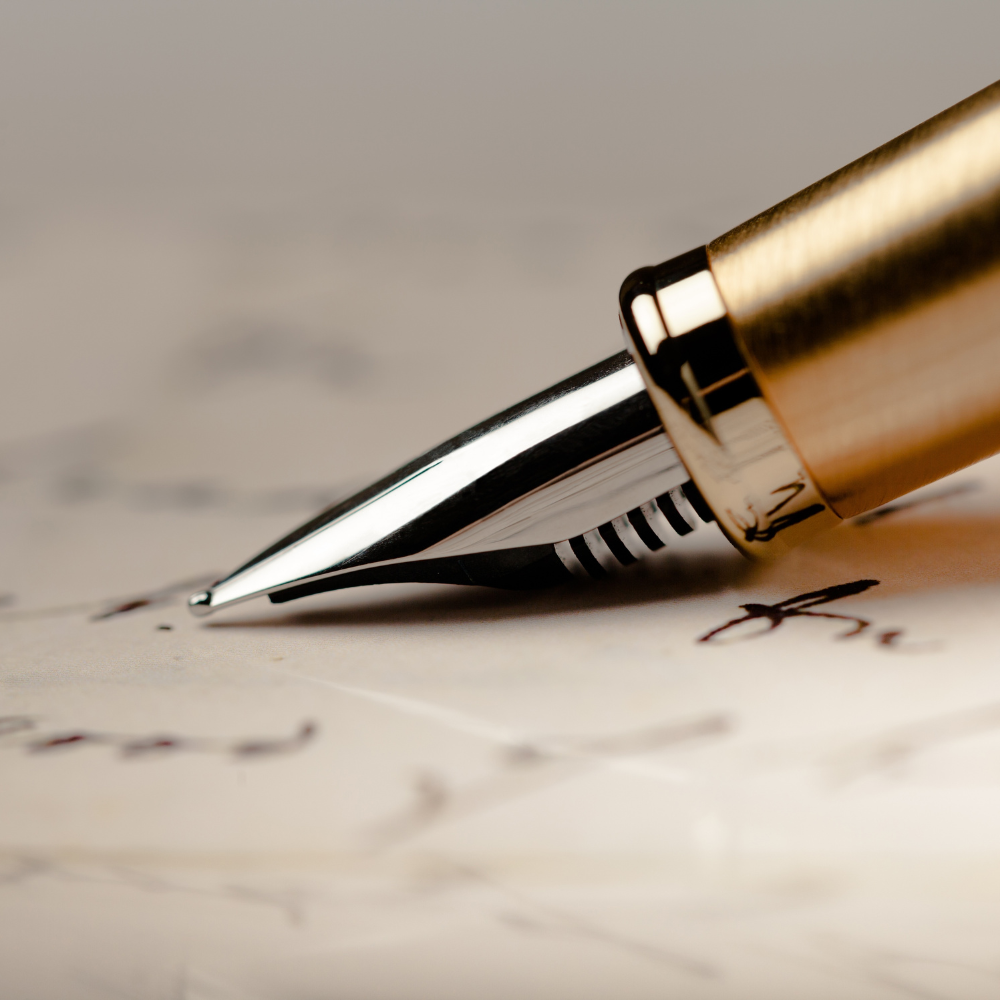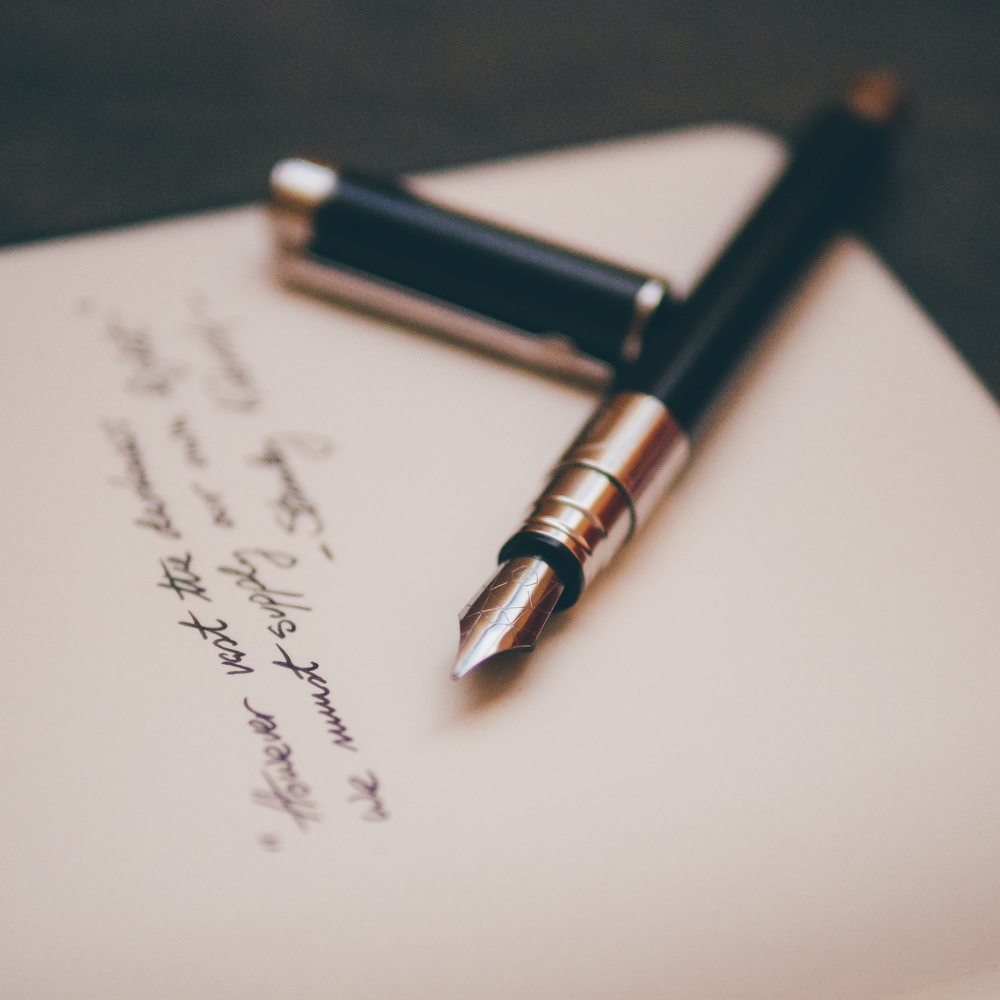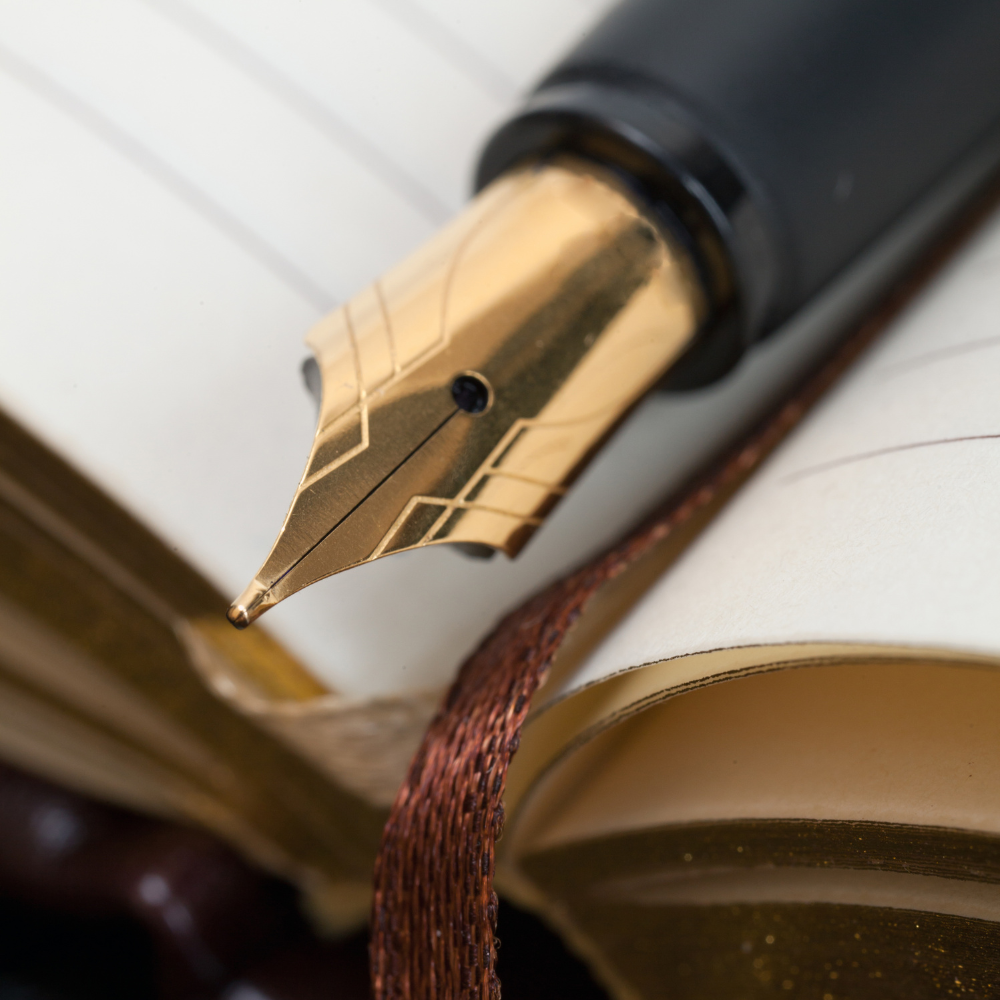Fountain pens are often revered as the hallmark of elegance in the world of writing instruments, exuding a timeless charm that captivates enthusiasts and collectors alike.
They promise a fluid, graceful writing experience that can transform mere words into strokes of art.
Fountain pens often symbolize sophistication and a deep appreciation for the art of writing.
However, beneath their polished exterior and flowing ink, fountain pens hold certain disadvantages that may deter the everyday user.
Let's delve into the less-discussed aspects of fountain pens that could make you reconsider their role in your writing arsenal.
Key Takeaways:
- Maintenance Requirements: Fountain pens require regular cleaning and maintenance, which can be time-consuming.
- Cost Factors: The initial investment and ongoing costs of using a fountain pen can be significantly higher than other writing instruments.
- Practicality Issues: Issues such as ink smudges and the need for specific types of paper can make fountain pens less practical for everyday use.



High Maintenance and Care
Fountain pens demand a level of upkeep that goes beyond that of most pens.
The nib, the heart of the fountain pen, must be cleaned regularly to prevent clogging from dried ink.
This involves disassembling the pen and rinsing the nib and ink reservoir with warm water, a process that can be both time-consuming and messy.
For those who are always on the go, this level of maintenance can be a significant deterrent.
Moreover, the ink used in fountain pens can also be finicky.
Fountain pen inks are water-based, which makes them prone to drying out if the pen is left uncapped.
This not only interrupts the ink flow but can also result in permanent damage to the nib, requiring professional repair or replacement.
Cost Considerations
While a basic ballpoint pen can be picked up for a dollar or less, a good quality fountain pen is a more substantial investment.
Prices for a decent starter model like the Lamy Safari start around $30, and can soar into the hundreds or even thousands for high-end models like those from Mont Blanc.
This makes the cost of entry considerably higher compared to other pens.
In addition to the pen itself, the ongoing costs of fountain pen cartridges or bottled ink can add up.
Unlike oil-based inks found in ballpoint pens, fountain pen inks are sold in smaller quantities and can be quite pricey, especially if one prefers inks with special properties like shimmer or sheen.
Ink and Paper Compatibility
The choice of paper is crucial when using a fountain pen.
Low quality paper can lead to poor writing experiences, as the ink may feather or bleed through the paper.
This necessitates purchasing higher quality paper, which can be more expensive.
Furthermore, ink smudges are a common complaint among fountain pen users.
The slower drying time of the water-based inks used in most fountain pens means that left-handed writers, in particular, may struggle with smudging as their hand moves across the page.



Environmental Impact of Fountain Pen Use
Fountain pens, while elegant, have an environmental aspect that's often overlooked.
Unlike disposable pens that contribute to landfills, fountain pens offer a more sustainable option.
These pens can be refilled with fountain pen ink, reducing waste.
However, the production of fountain pens involves materials like metals and plastics, which have their own environmental footprints.
The mining and processing of these materials can lead to significant environmental degradation if not managed responsibly.
Moreover, the ink used in fountain pens can also be a concern.
While some inks are water-based, others might contain solvents and dyes that are less eco-friendly.
Fountain pen enthusiasts should opt for inks that are labeled as eco-friendly or non-toxic to minimize their environmental impact.
By choosing high-quality, sustainable products, users can enjoy the benefits of these elegant writing instruments without contributing excessively to environmental issues.
Fountain Pens vs. Ballpoint Pens
Fountain pens and ballpoint pens serve the same basic function but cater to vastly different preferences and writing styles.
Fountain pens, known for their smooth flow and adaptability to varying line widths, appeal to those who view writing as a relaxing process or an art form.
The ink flows from a reservoir through a fine nib, requiring less pressure during writing, which can reduce hand fatigue during long writing sessions.
This feature makes a fountain pen good for both calligraphy and personal note-taking.
In contrast, ballpoint pens, which utilize a quick-drying, oil-based ink, are more about convenience and durability.
The ink is delivered through a small ball bearing at the pen's tip, allowing for quick, no-fuss writing that doesn’t smudge.
These pens are ideal for those who need to write quickly or press hard on the paper, such as in a bustling office environment.
Ball pens are also more suited to writing on cheap paper without the risk of bleeding or feathering, making them a practical choice for students and professionals alike.
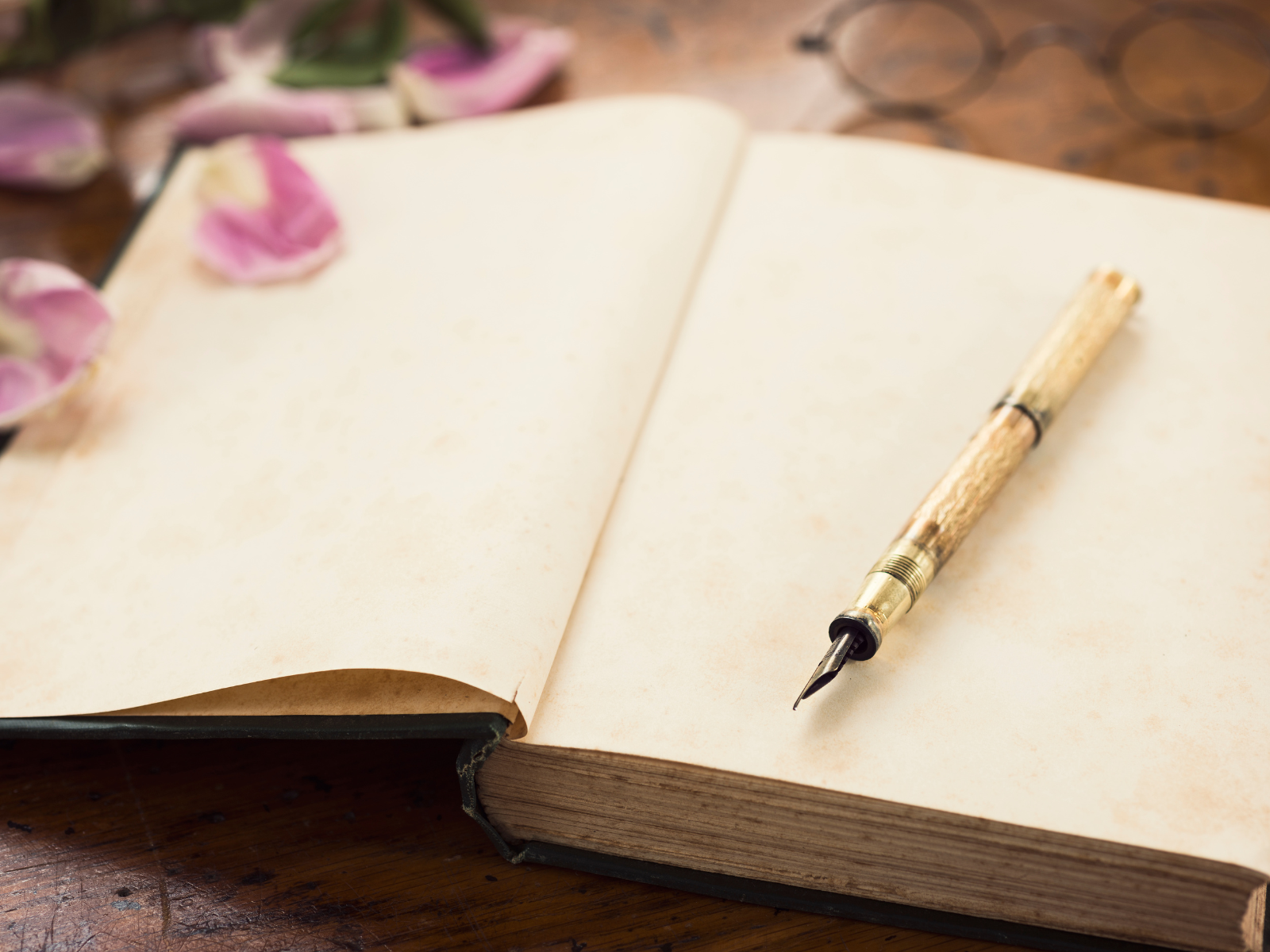
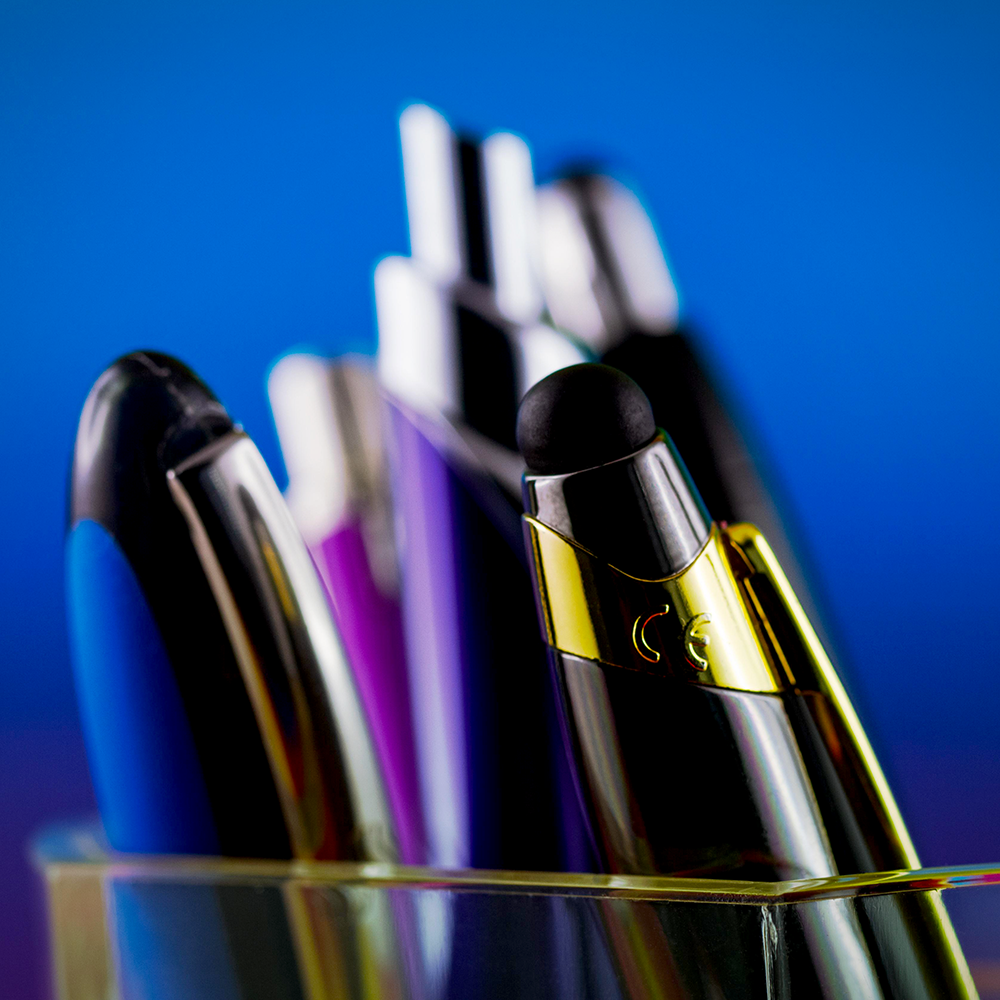
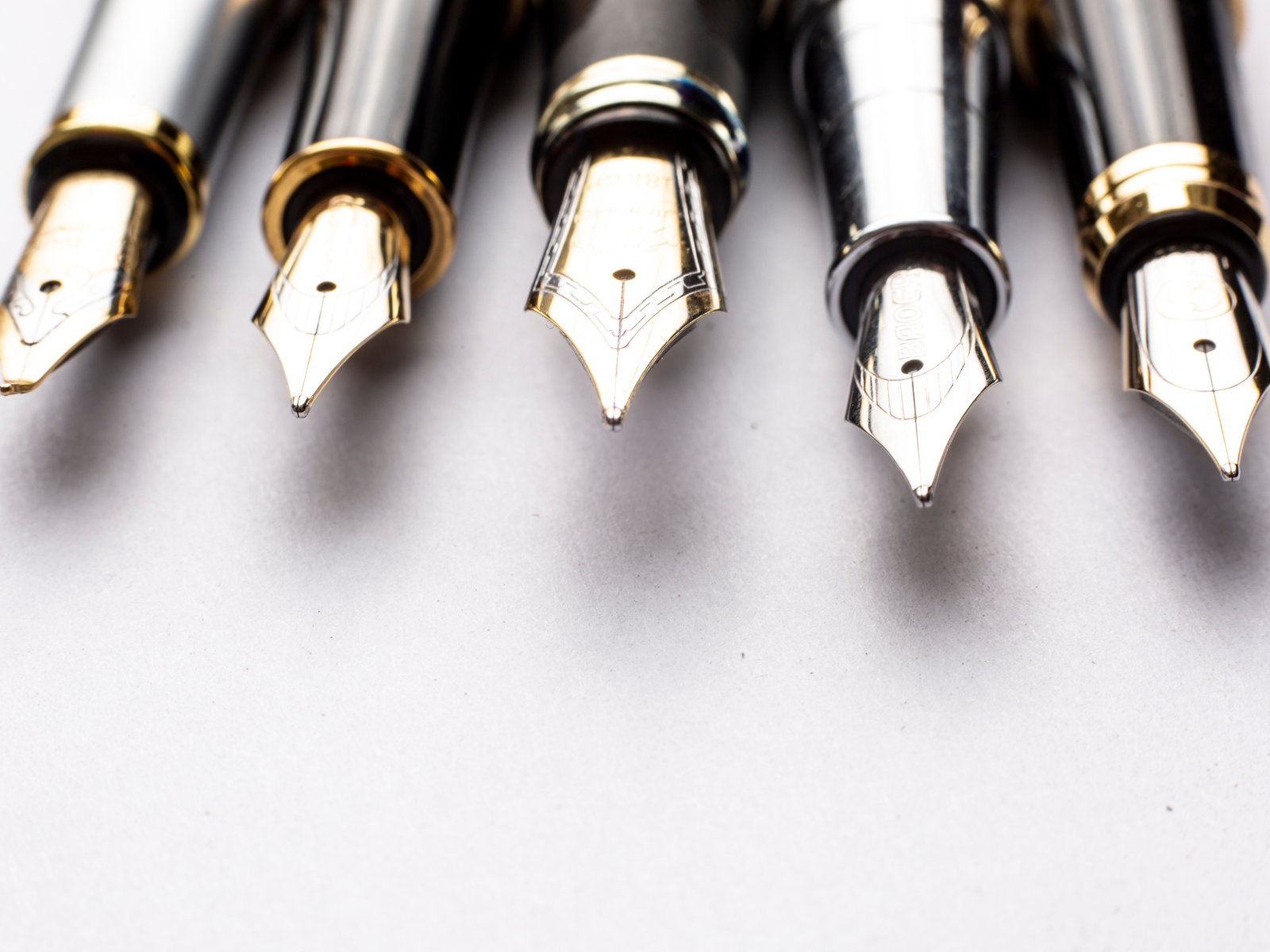
Influence of Nib Materials on Pen Functionality
Fountain pens tend to offer a unique writing experience largely influenced by the materials used in their nibs.
Gold plating on nibs, for instance, not only adds a touch of luxury but also affects the flexibility and smoothness of writing.
Gold, being softer than stainless steel, allows for a more responsive nib that adapts quickly to different writing styles.
This responsiveness can enhance the flow of ink, making it ideal for those who prioritize a smooth and expressive handwriting style.
Conversely, stainless steel nibs, while less expensive, offer greater durability and resistance to corrosion.
They are typically stiffer, providing a consistent writing experience that is less influenced by the pressure and angle of writing.
This makes them a good pen choice for beginners or those who do not prefer the variability that gold nibs introduce.
The choice between gold and stainless steel nibs often comes down to personal preference and the specific needs of the user, such as the desire for longevity versus a preference for a softer writing feel.
Necessity of Proper Storage for Fountain Pens
Fountain pens, unlike their ballpoint counterparts, demand careful storage to maintain their prime condition.
Leaving a fountain pen uncapped not only exposes the nib to air, potentially causing the ink to dry out, but also invites dust and debris that can clog the delicate feed system.
Proper storage means keeping the pen capped when not in use and ideally, stored horizontally to prevent ink from settling or leaking, which is a common issue with gravity-dependent ink cartridges in ballpoint pens.
Moreover, the environment where you store your fountain pen plays a pivotal role.
Extreme temperatures and humidity can wreak havoc on the pen’s materials, including the ink.
Unlike ballpoint pens that use oil-based ink, which is less sensitive to environmental changes, fountain pen ink can evaporate or thicken, affecting the writing quality.
A controlled environment ensures the longevity and readiness of the pen, making it not just a writing instrument but a reliable tool for those who value precision in their script.
Challenge of Using Permanent Ink in Pens
Using permanent ink in fountain pens presents a unique set of challenges.
Permanent inks, known for their durability and resistance to water once dry, are typically more viscous and saturated.
This can lead to frequent clogs and require more intensive maintenance of the fountain pen’s feed system.
Unlike ballpoint pens that thrive with oil-based inks, fountain pens require careful consideration of ink choice to balance permanence with functionality.
Furthermore, the allure of using permanent ink in a fountain pen lies in its archival quality, making it ideal for important documents and artwork.
However, the trade-off includes potential long-term damage to the pen if the ink is not flushed regularly, unlike the more forgiving ball pen inks.
For enthusiasts and professionals alike, understanding and respecting the chemistry between the pen and ink is crucial to preserving both the tool and the treasures it creates.

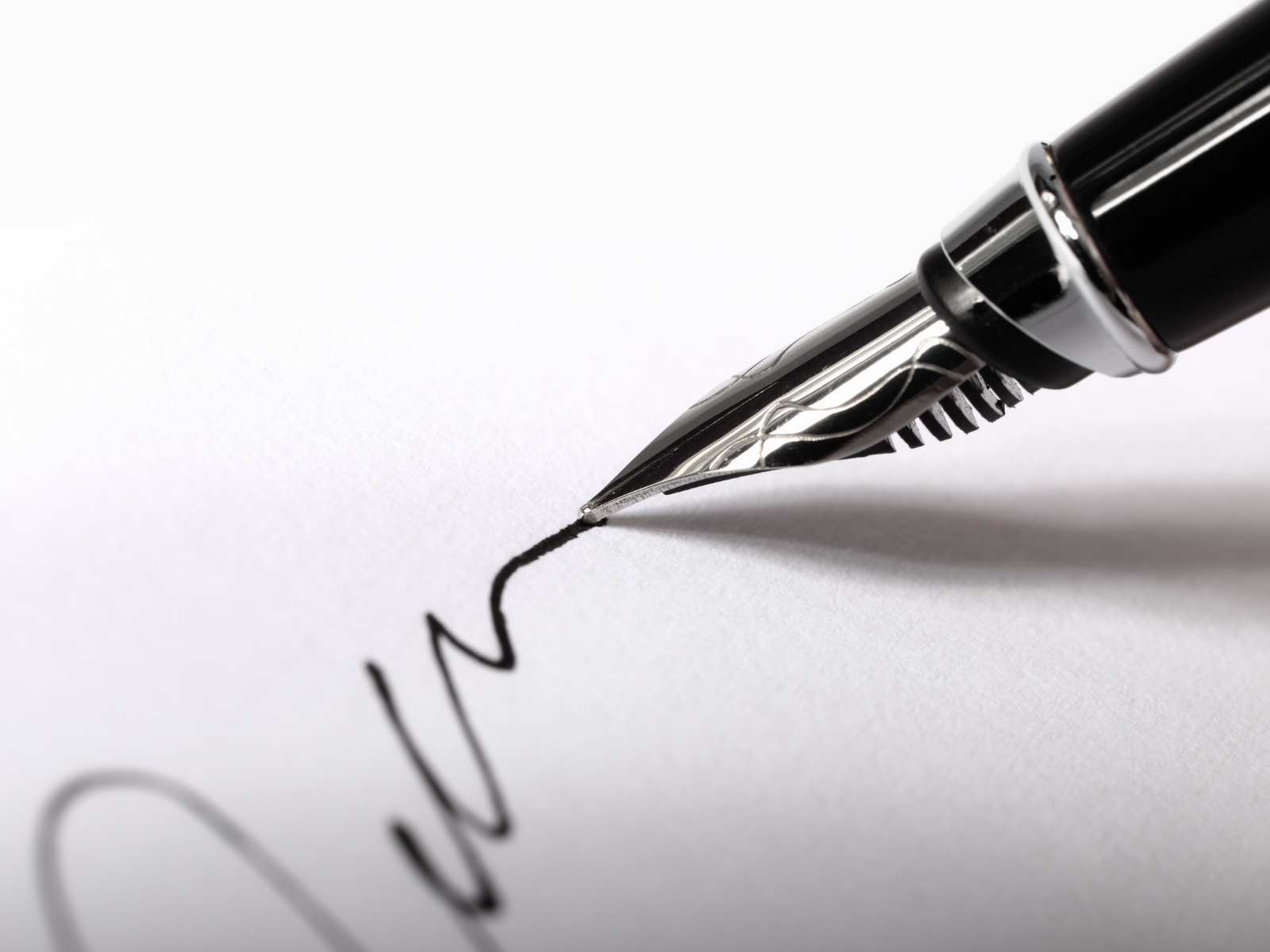

Impact of Writing Posture on Pen Usage
The correct angle and posture while using fountain pens are crucial for achieving optimal performance and comfort, especially during long periods of writing.
Fountain pens require the user to hold the pen at a specific angle relative to the paper to ensure a smooth ink flow and to prevent scratching or skipping.
This angle is typically between 40 to 55 degrees, which can be uncomfortable for those accustomed to the more forgiving grip of ballpoint pens or oil-based ink pens.
Moreover, the necessity to maintain this angle and a consistent pressure can lead to fatigue if not practiced correctly.
Ergonomic considerations are therefore essential, particularly for individuals who use fountain pens frequently or for prolonged writing sessions.
Adjusting one’s grip and posture can significantly reduce strain and enhance the overall writing experience, making fountain pens a more viable option for everyday use.
Role of Ink Types in Fountain Pen Performance
The type of ink used in fountain pens can dramatically affect their performance and the overall writing experience.
Fountain pens work best with water-based inks, which provide a variety of colors and shades but require proper care to avoid clogging.
These inks are less permanent than the oil-based inks used in ballpoint pens but offer a richer and more vibrant color palette that enhances the aesthetic value of handwritten notes and documents.
Permanent inks, on the other hand, contain pigments that provide longevity and resistance to water after drying.
However, they can be more challenging to maintain as they tend to clog the nib and feed more frequently than dye-based inks.
Users must ensure that their fountain pens are regularly cleaned and maintained, especially when using inks with a higher pigment load.
This attention to detail ensures that the pen performs well and remains a reliable tool for different pens and writing demands.
Evolution and Historical Significance of Pens
Fountain pens are not just writing tools; they are a gateway to the past.
The first fountain pen was patented in the early 19th century, marking a significant advancement in the technology of writing instruments.
These pens were initially reserved for the elite, symbolizing status and sophistication.
Over time, as manufacturing processes improved and became more cost-effective, fountain pens became accessible to a broader audience, changing the way people wrote everyday.
The design and functionality of fountain pens have evolved significantly since their inception.
Early models required users to dip the nib into ink, but modern fountain pens use ink cartridges or converters that allow for a more convenient and less messy process.
This evolution reflects broader changes in society's communication methods, from hand-written letters to digital communication, yet fountain pens remain prized for their craftsmanship and the unique, personal touch they add to writing.



Writing Technique and Comfort
Fountain pens require a specific angle and pressure to write correctly.
This learning curve can lead to hand fatigue during extended periods of writing, especially for those who are accustomed to the minimal pressure needed with ballpoint or gel pens.
Additionally, the variety of nib sizes and types available can affect writing comfort and style.
Finding the "sweet spot" where the nib allows ink to flow freely without scratching the paper or needing too much pressure can be a trial-and-error process that discourages many potential users.
Travel and Durability Concerns
Traveling with fountain pens presents its own set of challenges.
Changes in cabin pressure during flights can cause fountain pens to leak, potentially ruining clothing or important documents.
This makes them less ideal for travel compared to more robust options like the space pen, which is designed to perform in a variety of conditions including zero gravity.
The construction of fountain pens can also vary, with many fountain pens featuring bodies made of resin or other materials that can crack if dropped. This fragility requires users to handle their pens with care, unlike more durable everyday pens like the Bic pen.
Ink Variety and Aesthetic Value
While one of the joys of using a fountain pen is the vast array of ink colors and properties available, this can also be a disadvantage.
The temptation to buy multiple ink colors and types can lead to significant additional expense and storage issues.
Despite these drawbacks, the aesthetic appeal of writing with a fountain pen and the beautiful calligraphy it can produce continues to attract many enthusiasts.
The personal touch of a handwritten note using a fountain pen can convey a sense of esteem and care that is difficult to replicate with other writing implements.
Is a Fountain Pen Right for You?
While fountain pens bring a touch of elegance and a unique flair to writing, they are not without their drawbacks.
The need for regular maintenance, coupled with higher initial costs and practical challenges, may make them less appealing for everyday use.
However, for enthusiasts who value the artistry and personal touch that a fountain pen can provide, the investment might be well worth it.
Ultimately, whether a fountain pen is right for you depends on your priorities, your budget, and how much you value the experience of writing itself.
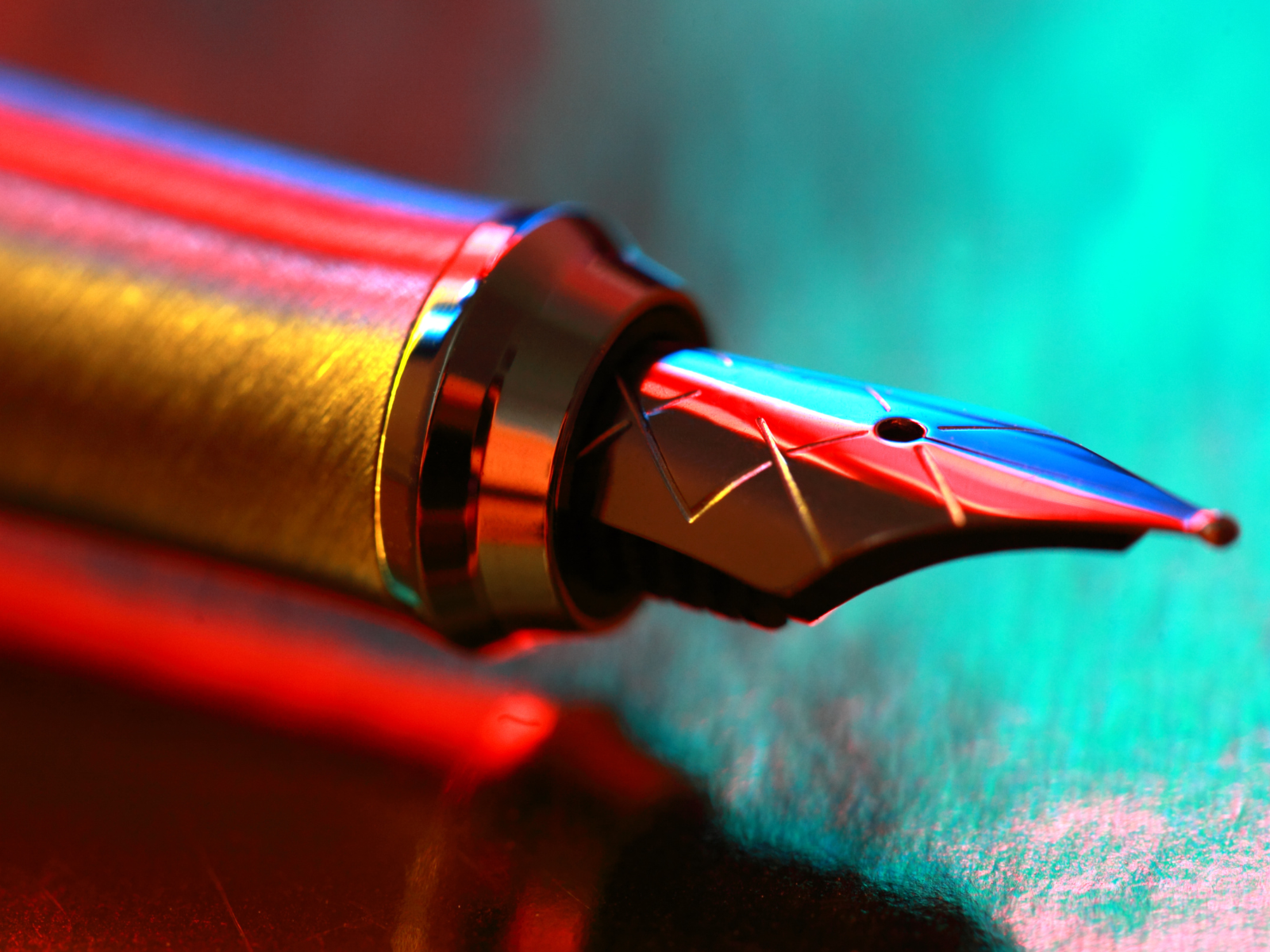
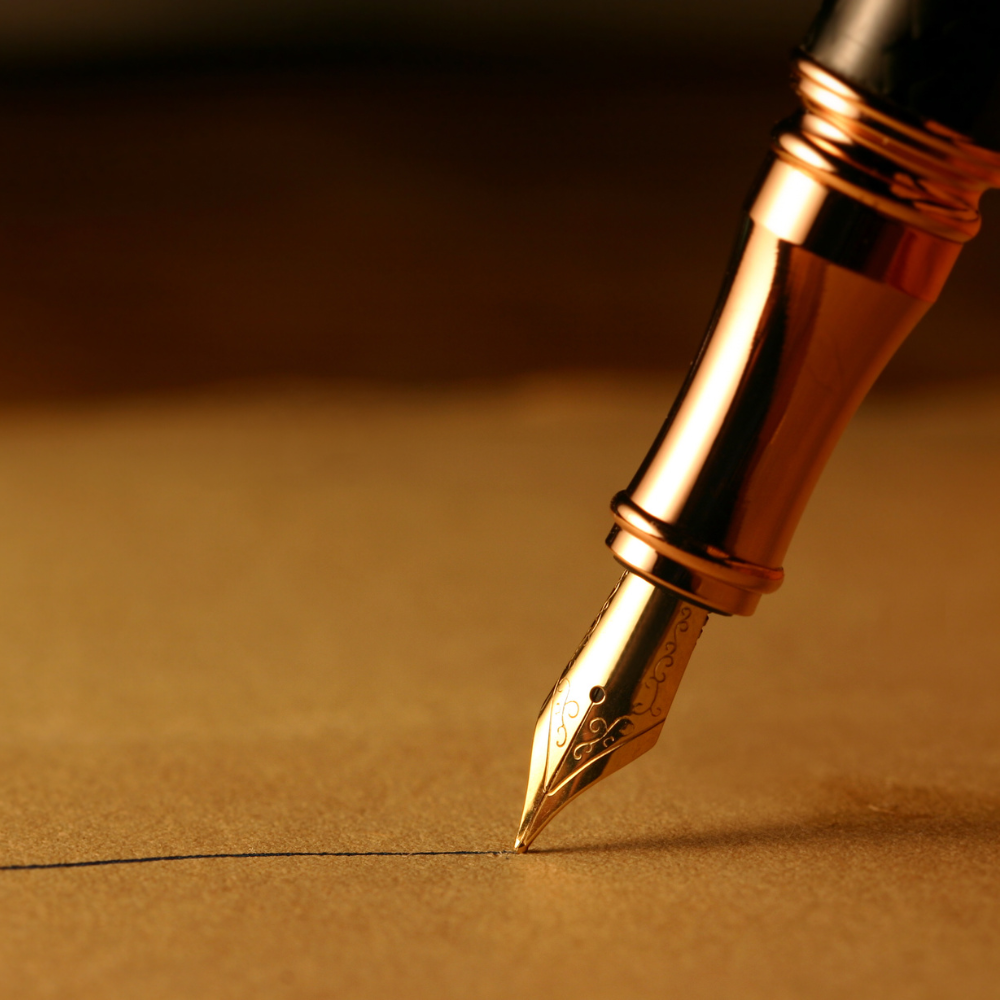
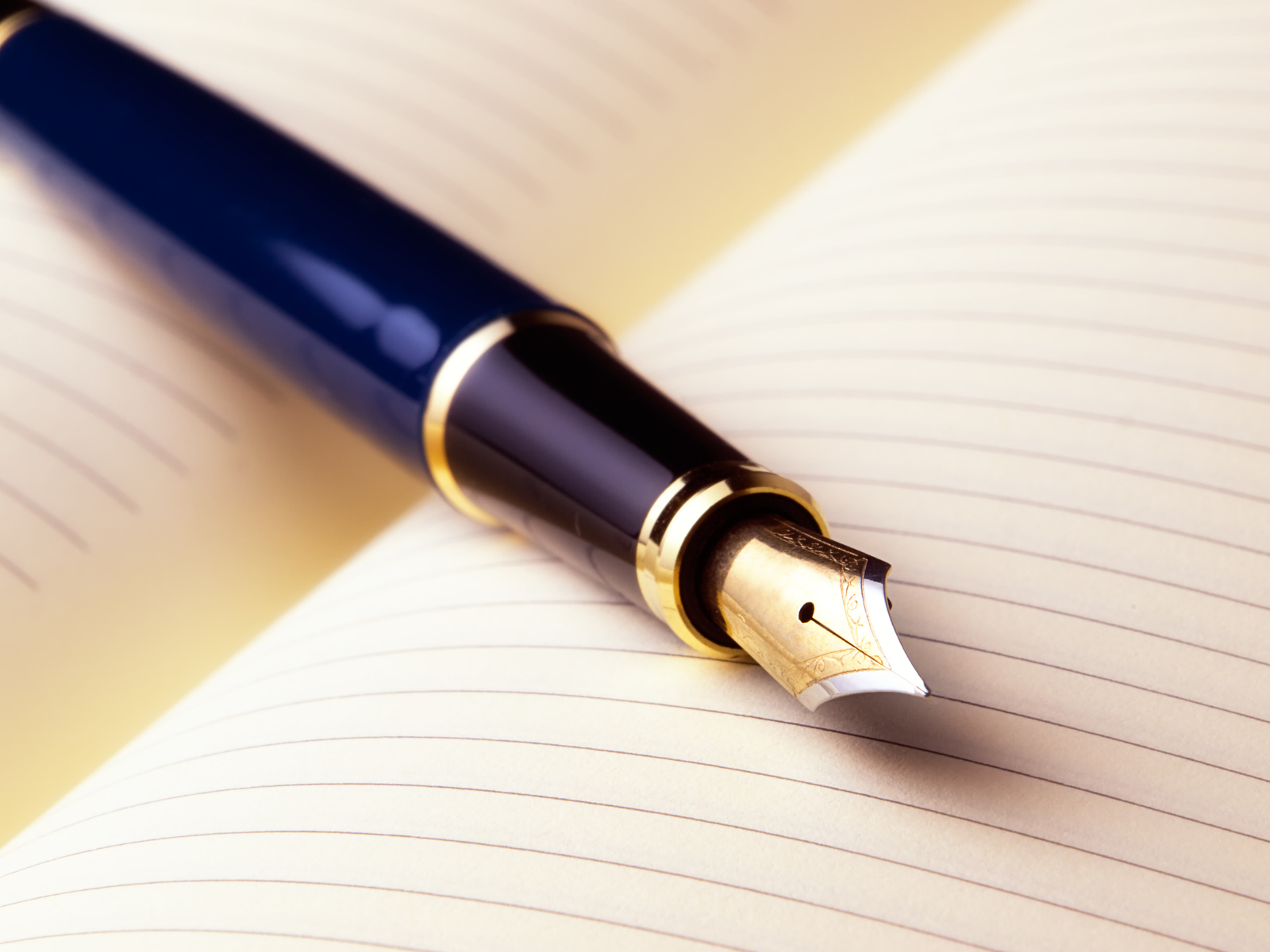
Fountain Pen FAQs
Dive into the elegant world of fountain pens!
Whether you're a seasoned aficionado or a curious newcomer, understanding the nuances of these classic writing instruments can enhance your writing experience.
From the type of paper that best complements a fountain pen to the specific maintenance routines required, we've got you covered.
Let's explore some of the most common questions about fountain pens to ensure your writing and drawing is as smooth and enjoyable as possible.
Can fountain pens be used on any type of paper?
No, fountain pens generally perform best on high-quality paper that can handle the wet ink without bleeding or feathering.
Why do fountain pens require special maintenance?
The water-based ink used in fountain pens can dry and clog the nib and ink feed if not cleaned regularly, unlike the oil-based inks used in ballpoint pens which are less prone to drying.
Are fountain pens suitable for fast note-taking?
Fountain pens may not be the best choice for fast note-taking due to the risk of smudging and the need for a specific writing angle and pressure. Ballpoint or rollerball pens might be more practical for such tasks.
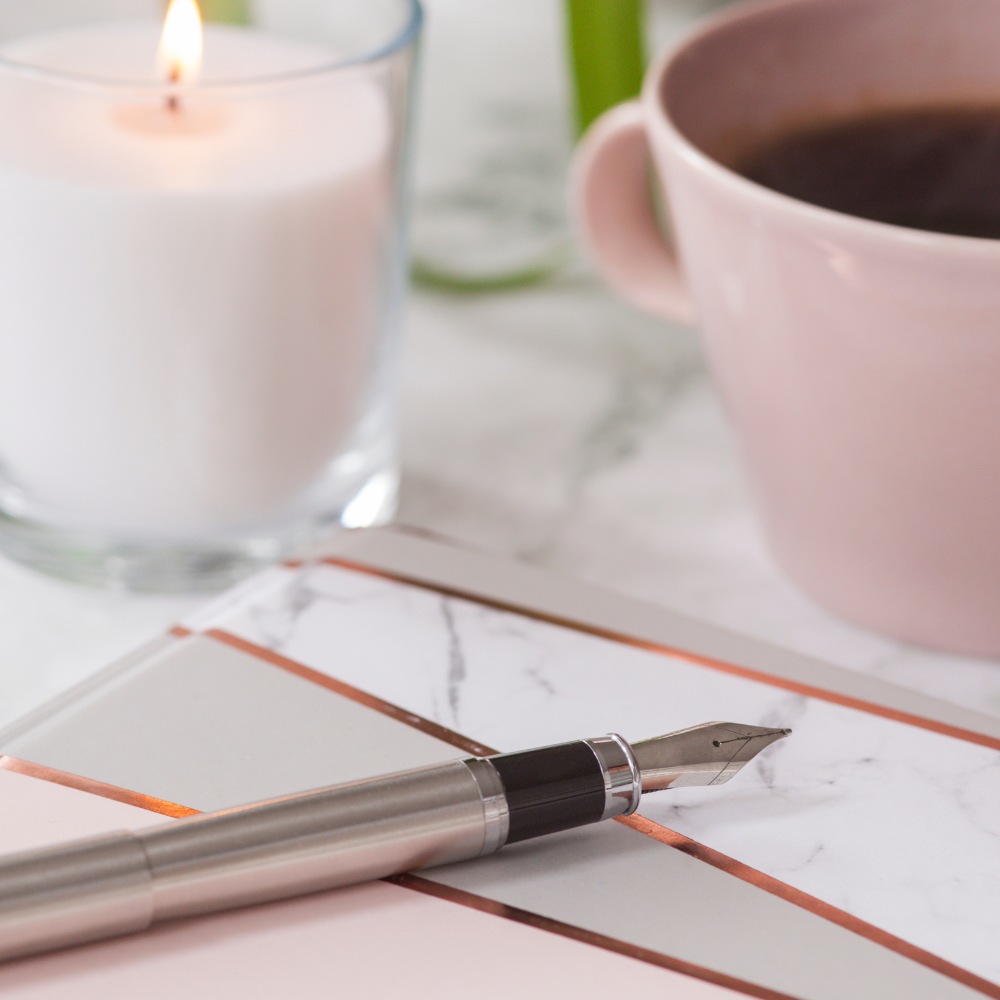
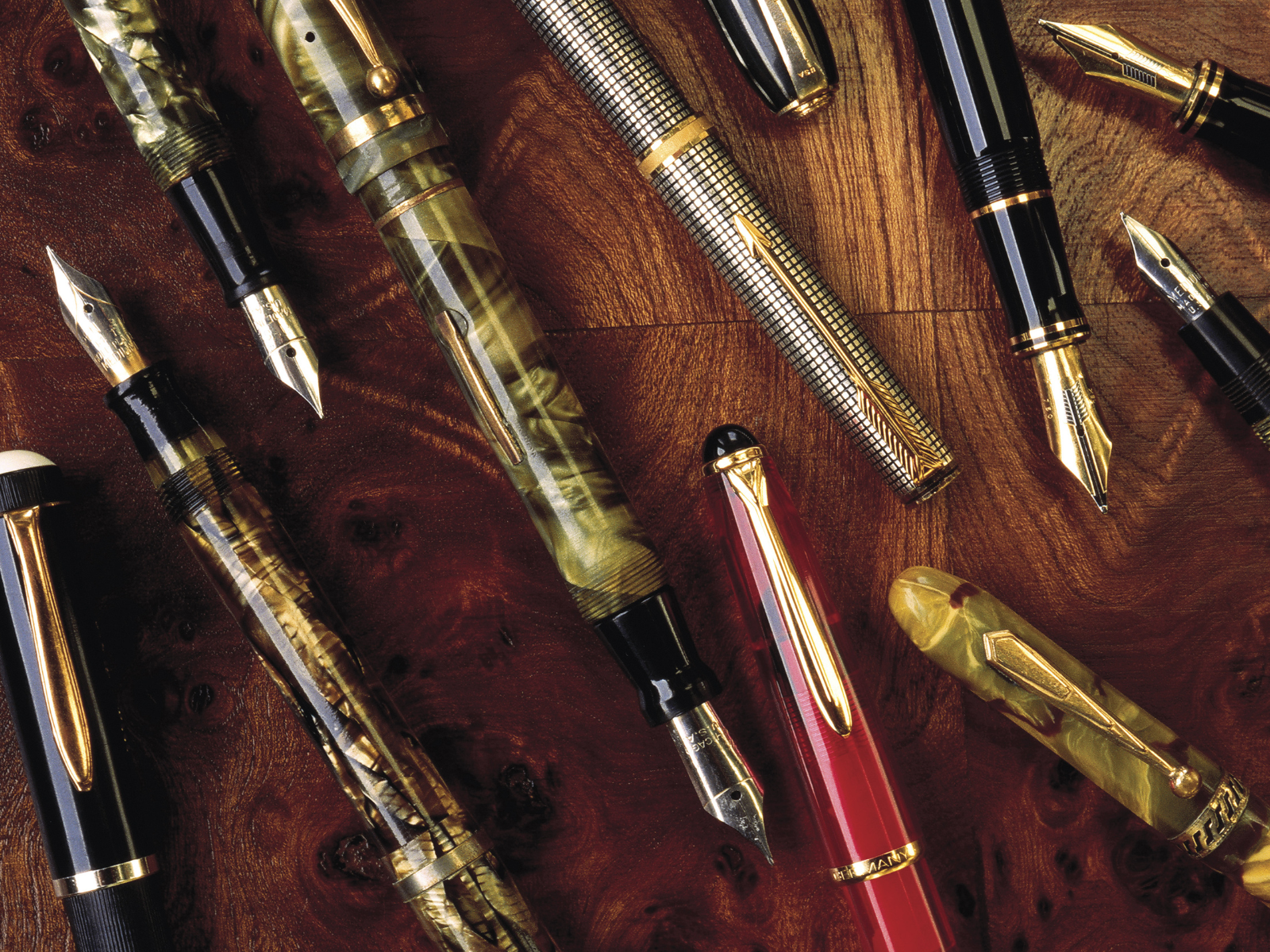
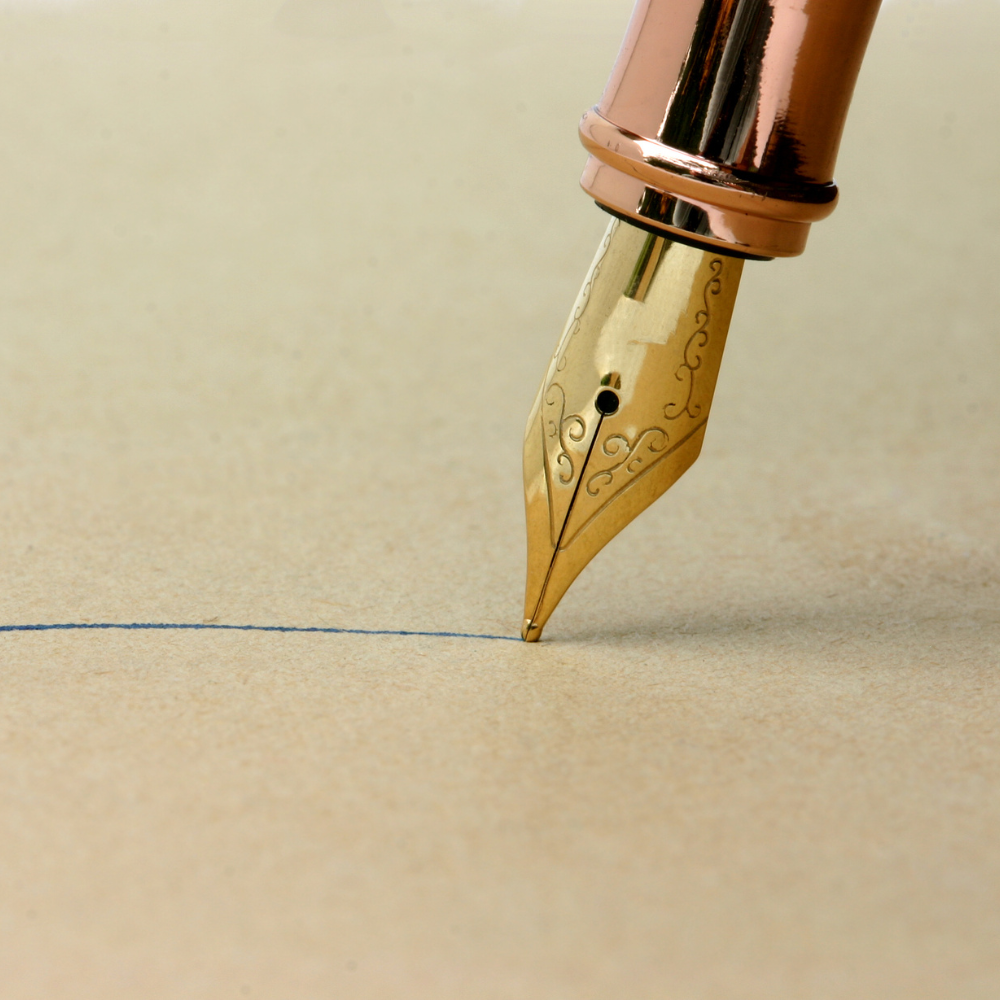
Curious as to why some people dislike fountain pens so much? Check out That Journaling Guy's video!
Want even more content about creativity and art?
Be sure to check out all of our creative chronicles!
Interested in learning more about drawing with pens?
Check out some of our other articles:
-What is better than a fountain pen?
-Why no one uses fountain pens
-Why do people like fountain pens so much?
-Why is my handwriting better with a fountain pen?
-How many fountain pens should I own?
